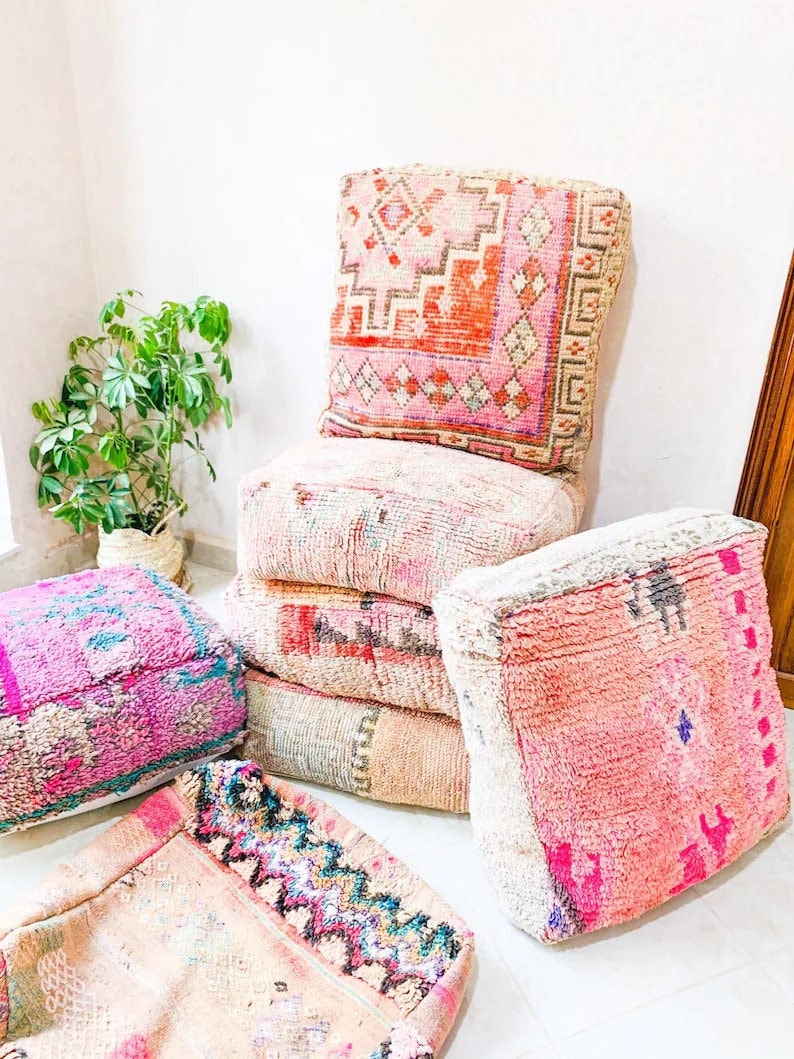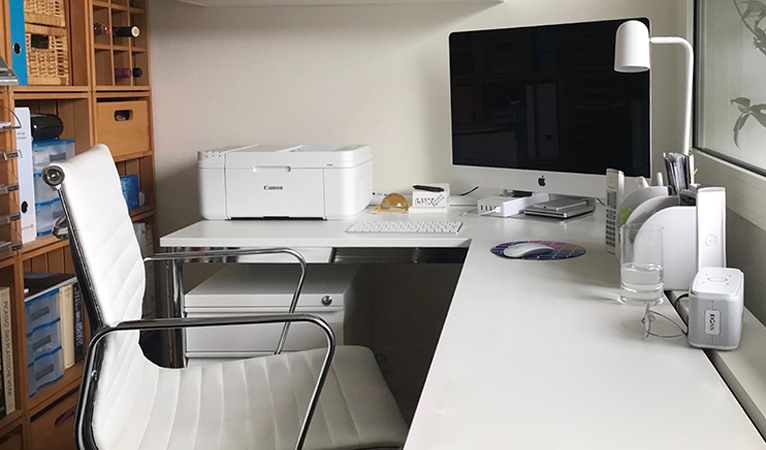Transforming Colors to Shades: The Art of Grayscaling a Photo

Photo grayscale refers to the conversion of a full-color image to a grayscale version, which consists of various shades of gray instead of colors. This process is commonly used in photography and graphic design to achieve a certain aesthetic, emphasize certain elements of an image, or prepare an image for printing in black and white.
The grayscale conversion process involves the removal of color information from the image. In a full-color image, each pixel is represented by a combination of red, green, and blue (RGB) values, which range from 0 to 255. By averaging these RGB values, a grayscale value can be obtained, which ranges from 0 (black) to 255 (white). This process is repeated for every pixel in the image, resulting in a grayscale version of the original image.
However, the simple averaging of RGB values to create a grayscale image can result in a loss of detail and texture in the image, particularly in areas with subtle color variations. Therefore, more advanced grayscale conversion methods have been developed, such as luminosity and desaturation.
Luminosity grayscale conversion takes into account the brightness values of each pixel in the image, rather than simply averaging the RGB values. This method preserves more detail and texture in the image, particularly in areas with subtle color variations. However, it may result in a slightly different grayscale appearance than the basic method, as the luminosity values of each color can vary.
Desaturation grayscale conversion completely removes the color information from each pixel, resulting in a grayscale version of the image that is not affected by luminosity or color balance. This method can be useful for images with strong color casts or for creating a more simplistic or vintage look, but may result in a loss of detail and texture in areas with subtle color variations.
There are also a variety of specialized grayscale conversion methods, such as those that emphasize specific color channels or contrast levels. These methods can be useful for specific types of images or for achieving a particular aesthetic effect.
Grayscale conversion can be a powerful tool in photography and graphic design. By removing the distraction of color, grayscale images can highlight texture, contrast, and composition in a way that is not always possible with full-color images. Grayscale conversion can also be used to create a vintage or retro look, particularly when combined with other image processing techniques such as sepia toning or film grain emulation.
In addition to its artistic applications, grayscale conversion can also be useful in practical applications such as printing. grayscale a photo often used in black and white publications or in situations where color printing is not available or cost-effective. Grayscale conversion can also be useful for creating images that are more accessible to people with color vision deficiencies or for simplifying complex images for use in educational or instructional materials.
When converting a photo to grayscale, it is important to consider the specific image and the desired effect. While the basic method of averaging RGB values can be effective in some cases, more advanced methods such as luminosity or desaturation may be more appropriate for certain images. It is also important to consider the overall composition and balance of the image, as grayscale conversion can change the way that different elements of the image are perceived.
In conclusion, photo grayscale is the process of converting a full-color image to a grayscale version, consisting of various shades of gray instead of colors. The conversion process can be done using a variety of methods, ranging from basic averaging of RGB values to more advanced methods that take into account luminosity or desaturation. Grayscale conversion can be a useful tool in photography and graphic design, allowing artists and designers to highlight texture, contrast, and composition in a way that is not always possible with full-color images. Whether used for artistic or practical purposes, photo grayscale is a valuable tool in the image processing toolkit.
RECOMMENDED FOR YOU
What are the advantages of the best infant car seats?
July 20, 2024









